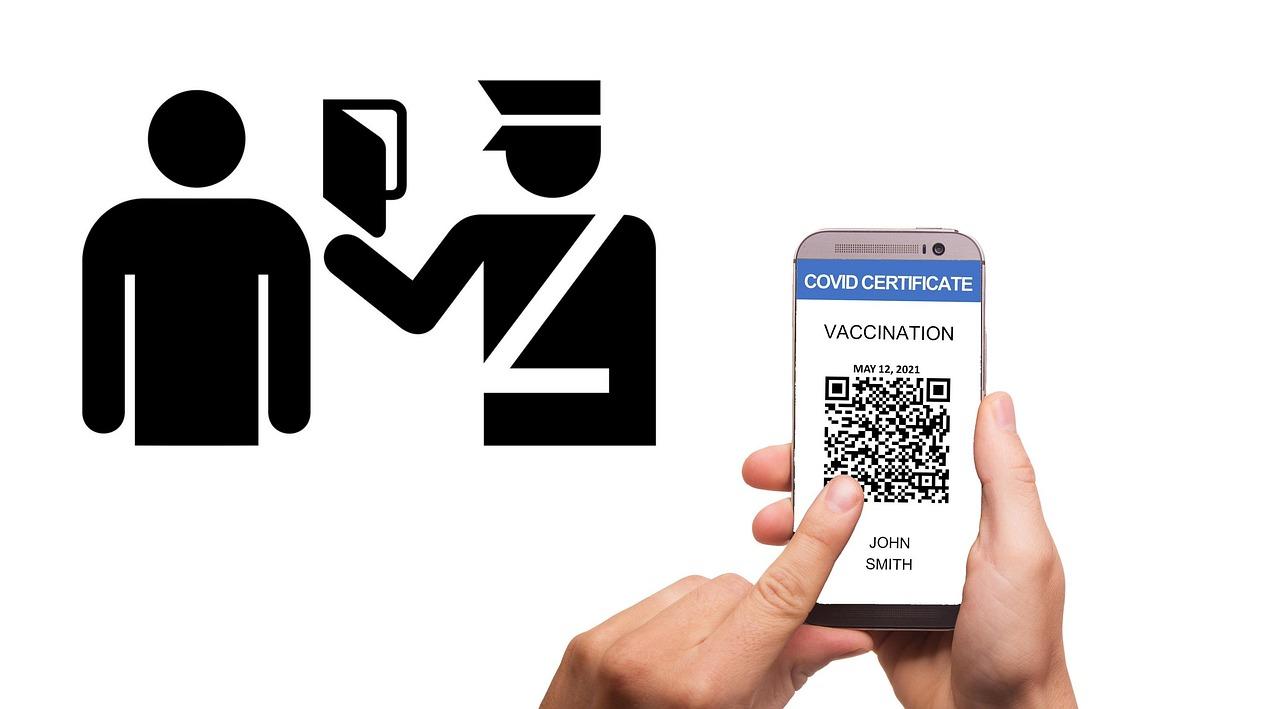In an increasingly interconnected world, the importance of assurance and credibility in business transactions cannot be overstated. Among the myriad of documents that underpin our trust in various industries, certificates of insurance stand out as vital safeguards, promising protection against unforeseen risks. Though, as the digital landscape evolves, so too does the sophistication of those who seek to exploit it. The rise of fraudulent certificates of insurance not only jeopardizes individual enterprises but poses a broader threat to the integrity of business practices. This article delves into the ramifications of these deceptive documents, offering insights on how to recognize and avoid falling victim to such schemes. Equip yourself with knowledge and vigilance, for in the realm of insurance, being informed is your first line of defense.
Understanding the Dangers of Fraudulent Certificates of Insurance
The proliferation of fraudulent certificates of insurance poses meaningful risks to businesses and individuals alike. Often created to mislead stakeholders, these counterfeit documents can lead to catastrophic consequences, leaving those who rely on them vulnerable. Understanding how to identify such disingenuous certificates is essential in safeguarding against financial losses and potential legal repercussions. Key indicators of fraudulent certificates include:
- Inconsistent Details: Mismatched policy numbers or insurance company names can be a telltale sign.
- Poor Quality: Grammatical errors, typos, or low-resolution images suggest a lack of professionalism.
- Lack of Verification: Absence of direct contact details for verification can indicate illegitimacy.
- Unusual Insurance Providers: Coverage from unfamiliar or unlicensed insurers should raise red flags.
In an era where digital tools can facilitate the creation of complex documents, spotting a fraudulent certificate requires vigilance. Alongside the visual inspection, it’s crucial to perform due diligence through direct verification with the issuing insurance company. Implementing robust processes to check the authenticity of certificates can mitigate risk considerably. Below is a comparison of authentic versus fraudulent certificates indicating vital distinguishing features:
| Feature | Authentic Certificate | Fraudulent Certificate |
|---|---|---|
| Contact facts | Complete, accurate details | Lacks direct contact |
| Certification Number | Unique and verifiable | Generic or missing |
| Issuing Authority | Recognized insurer | Unkown or unlicensed |
| Clarity of Information | Well-formatted, clear | Poorly formatted, unclear |
Identifying Red Flags: Signs Your Certificate May Not Be Genuine
When evaluating the legitimacy of a certificate of insurance, it’s essential to remain vigilant for certain indicators that may suggest the document is not what it claims to be. Some common warning signs include:
- Incomplete Information: A valid certificate should include the full name of the insured, the insurer’s details, and specific coverage types. if any of these are missing,proceed with caution.
- Improper Terminology: Certificates of insurance have specific legal jargon. If the language seems overly vague or incorrect, this could be a red flag.
- Missing Signatures: Official documents typically include signatures from authorized representatives. Absence of such signatures may indicate forgery.
Moreover, you should compare the certificate to official documents from the insurance provider. A helpful way to assess legitimacy is by using a comparison table.As a notable example:
| Detail | Legitimate Certificate | Potential Fraud |
|---|---|---|
| Issuer’s Logo | Clear and professionally displayed | Blurry or altered logos |
| Policy Number Format | Standardized format | irregular number patterns |
| coverage Dates | Clearly stated with consistency | Conflicting or vague dates |
By keeping an eye out for such discrepancies, you can safeguard yourself against potential scams and ensure that the coverage you expect is actually in place.
Protecting Your Interests: Steps to Verify Authentic Coverage
In a world where fraudulent certificates of insurance are rampant, it’s crucial to take proactive measures to ensure you’re dealing with legitimate coverage. Start by contacting the insurer directly to confirm the validity of the certificate.Manny companies provide easy access to check their policies either through their websites or customer service lines. Additionally, consider the following steps:
- Verify the insurer’s licensing through your state’s insurance department to ensure they’re authorized to operate.
- Request a copy of the actual policy from the agent or broker to cross-check details against the certificate.
- Look for specific identifiers, such as the policy number and effective dates, and confirm these with the insurance provider.
Being vigilant doesn’t stop there; maintaining a clear line of communication with your stakeholders can also protect you. It’s recommended to institute a protocol for certificate verification when engaging with new contractors or vendors. This can include filling out a simple verification table like the one below:
| Vendor Name | Policy Number | Coverage Type | Verification status |
|---|---|---|---|
| Example Co. | 123456789 | General Liability | Verified |
| Sample LLC | 987654321 | Workers Compensation | Pending |
By implementing these practices, you’ll fortify your defenses against potential fraud. Remember, taking the extra time to verify not only safeguards your interests but also fosters trust in professional relationships.

best Practices for Businesses to Avoid insurance Fraud Risks
To safeguard against potential insurance fraud, businesses should adopt proactive measures when verifying certificates of insurance. This can be done by:
- Contacting the insurance provider directly to confirm the authenticity of the certificate.
- Requesting copies of the insurance policy to ensure coverage is valid and sufficient.
- implementing regular audits of insurance documentation to spot inconsistencies or potential fraud attempts.
Additionally, businesses can benefit from establishing a clear set of protocols regarding procurement and contractor management. Essential strategies include:
- Training employees on fraud recognition, ensuring they are aware of common red flags.
- Creating a checklist for assessing certificates of insurance, detailing necessary elements such as coverage limits and dates.
- utilizing technology to streamline verification processes, reducing human error and enhancing tracking capabilities.
To Conclude
In a world increasingly reliant on documentation and assurances, the rise of fraudulent certificates of insurance poses a significant threat. As we’ve explored, these deceptively convincing documents can pave the way for financial loss and legal troubles for those who fall prey to them.
Though, knowledge is a powerful tool. By staying vigilant, understanding the red flags, and implementing rigorous verification procedures, you can protect yourself and your business from such deceit. As you navigate the complexities of insurance, remember that a commitment to due diligence can serve as your greatest safeguard.
while certificates of insurance are essential in today’s commercial landscape,maintaining a cautious and informed approach is paramount. The peace of mind that comes from knowing your coverage is legitimate is invaluable. Empower yourself with the right information and resources, and together, let’s be the safeguard against fraud in our communities. Stay wary, stay informed, and keep your interests secure.
